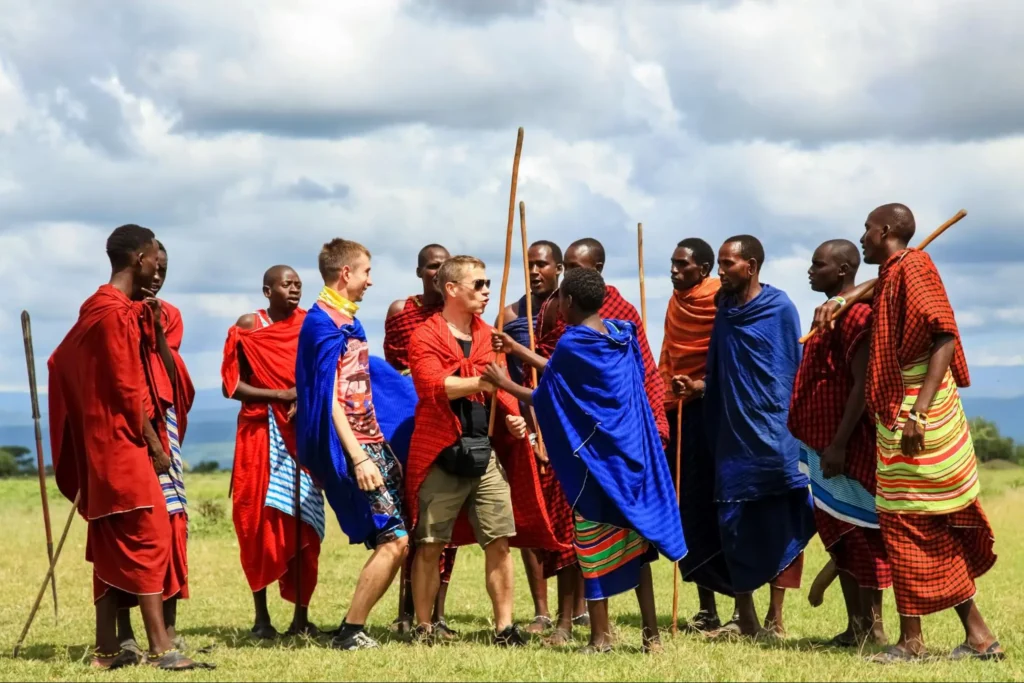Meet the People of Serengeti
Meet the People of Serengeti, The Serengeti-Mara environment hosts numerous indigenous groups. The Kuria people inhabit the region from Kenya, adjacent to the Tanzanian national park border, extending southward to Mugumu. Further south, the Ikoma tribe supplants the Kuria, residing adjacent to the Western Corridor line and west of Lake Victoria. At Ndabaka, located at the terminus of the Western Corridor, the Ikoma yield to the Sukuma, a substantial group residing on territories to the south along the southwestern perimeter of Serengeti National Park. These individuals are agro-pastoralists with limited landholdings and livestock. The Maasai are the most renowned of all native groups.
The Maasai
North of the Masai Mara National Reserve in Kenya are the Loita Hills, historically inhabited by the Kenya Maasai people, who are currently engaged in grazing and mechanized agriculture. The traditional pastoralist Maasai reside on the eastern side of the environment, extending from the Narok district in Kenya southward through the Loliondo area and the Ngorongoro Conservation Area to the southern boundary of the Serengeti plains, where they encounter the Sukuma. The Maasai pastoralists spread southeast into the Simanjiro plains over the Rift Valley, reaching Dodoma. A significant number of Maasai individuals are forsaking their traditional pastoralist culture in favor of establishing small-scale agricultural towns.
A significant portion of the region currently safeguarded within Serengeti National Park was previously inhabited by the Maasai, who grazed their cattle on the eastern plains but had a more intermittent presence in the west due to the seasonal abundance of tsetse flies, which transmit a parasite that can be lethal to cattle.

The Maasai are comparatively new settlers in the region, having arrived from the north in the 17th century, during which they forcibly evicted the Datoga inhabitants. The term Serengeti originates from the Maa word ‘serenget,’ signifying ‘Endless Plain,’ and specifically pertains to the short-grass plains in the southeast rather than the entire park.
